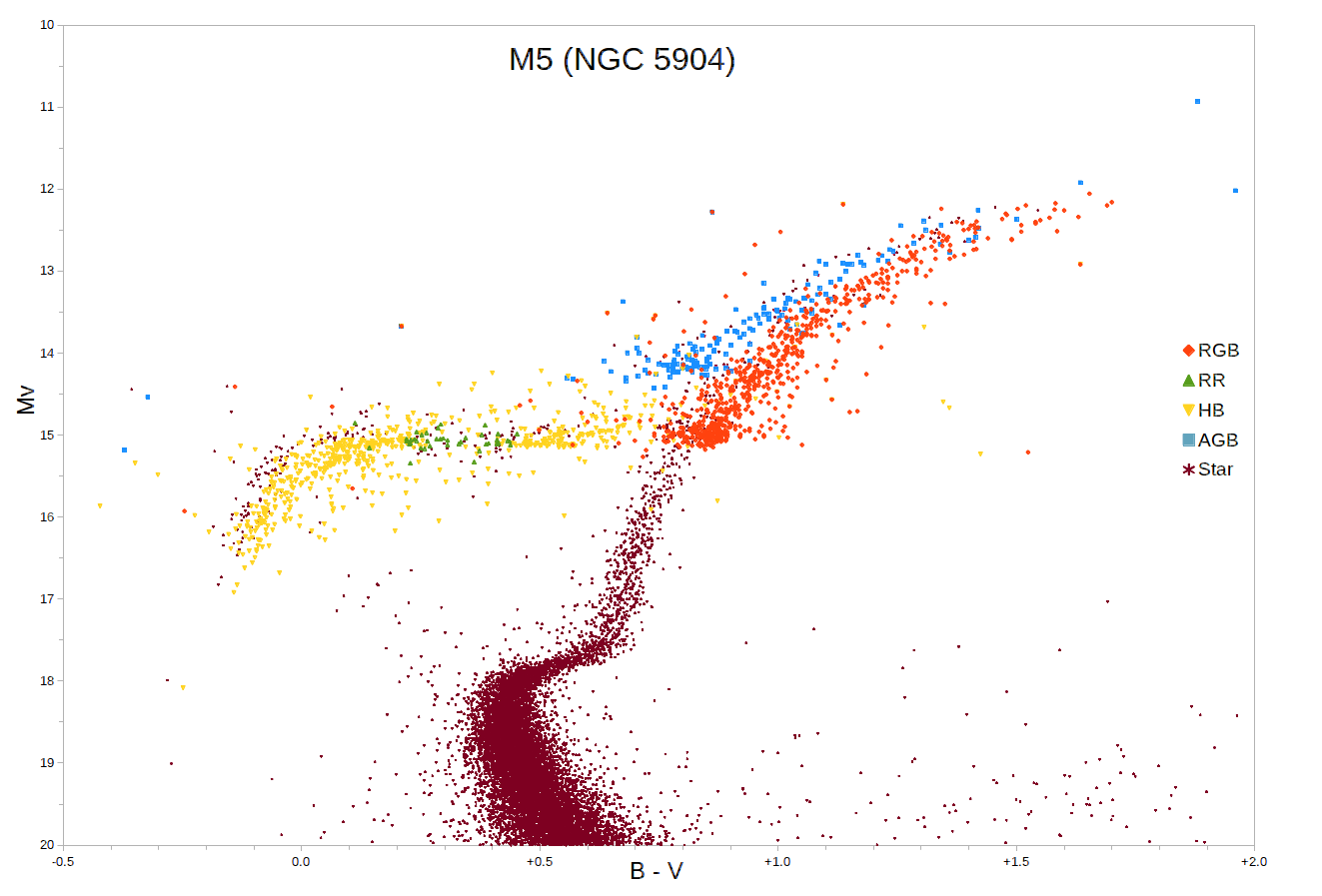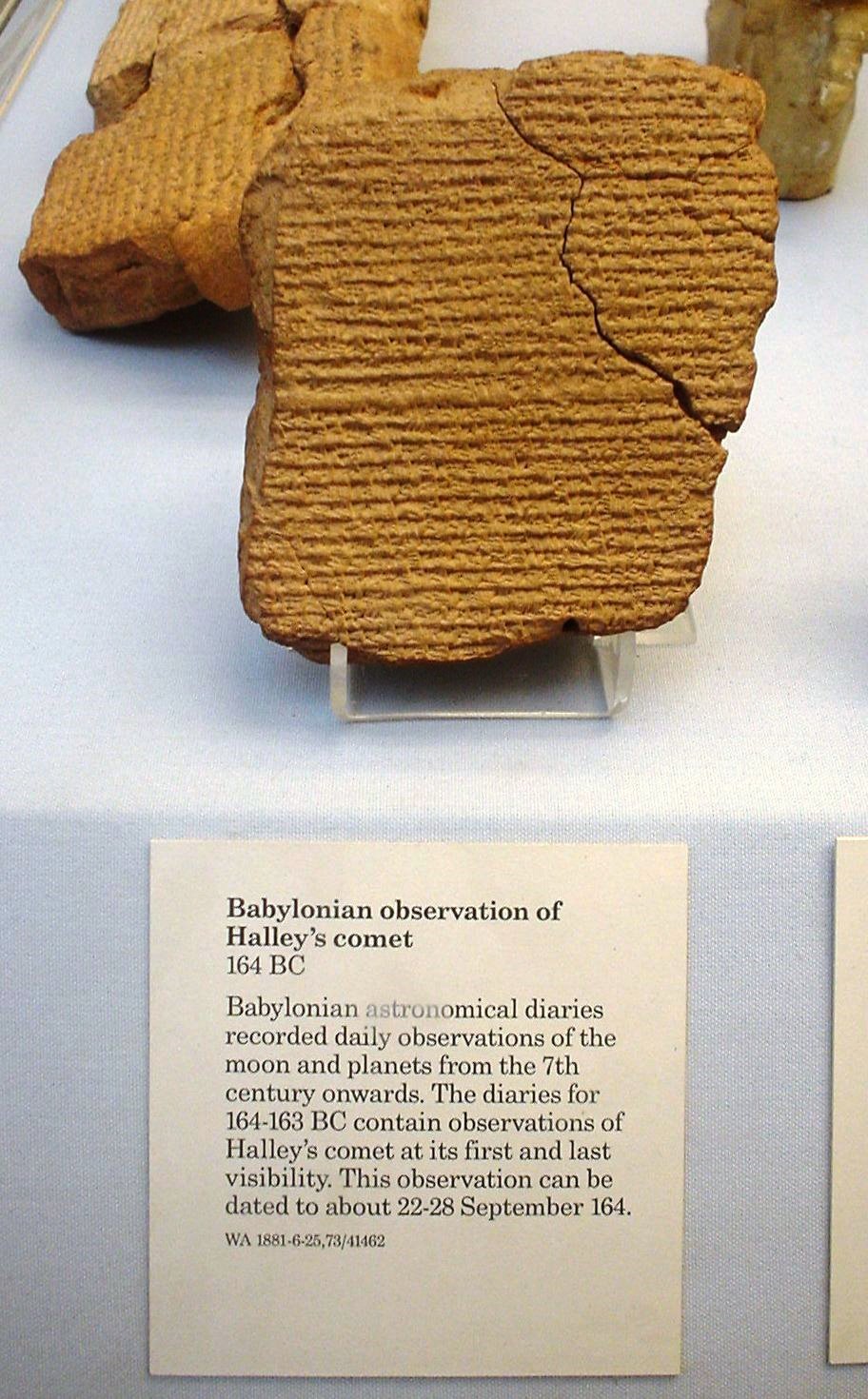|
W Coronae Borealis
W Coronae Borealis (W CrB) is a Mira-type long period variable star in the constellation Corona Borealis. Its apparent magnitude Apparent magnitude () is a measure of the brightness of a star or other astronomical object observed from Earth. An object's apparent magnitude depends on its intrinsic luminosity, its distance from Earth, and any extinction of the object's li ... varies between 7.8 and 14.3 over a period of 238 days. References Corona Borealis Mira variables Coronae Borealis, W M-type giants 146560 Emission-line stars {{var-star-stub ... [...More Info...] [...Related Items...] OR: [Wikipedia] [Google] [Baidu] |
Photometric System
In astronomy, a photometric system is a set of well-defined passbands (or optical filters), with a known sensitivity to incident radiation. The sensitivity usually depends on the optical system, detectors and filters used. For each photometric system a set of primary standard stars is provided. A commonly adopted standardized photometric system is the Johnson-Morgan or UBV photometric system (1953). At present, there are more than 200 photometric systems. Photometric systems are usually characterized according to the widths of their passbands: * broadband (passbands wider than 30 nm, of which the most widely used is Johnson-Morgan UBV system) * intermediate band (passbands between 10 and 30 nm wide) * narrow band (passbands less than 10 nm wide) Photometric letters Each letter designates a section of light of the electromagnetic spectrum; these cover well the consecutive major groups, near-ultraviolet (NUV), visible light (centered on the V band), near-infra ... [...More Info...] [...Related Items...] OR: [Wikipedia] [Google] [Baidu] |
Light Curve
In astronomy, a light curve is a graph of light intensity of a celestial object or region as a function of time, typically with the magnitude of light received on the y axis and with time on the x axis. The light is usually in a particular frequency interval or band. Light curves can be periodic, as in the case of eclipsing binaries, Cepheid variables, other periodic variables, and transiting extrasolar planets, or aperiodic, like the light curve of a nova, a cataclysmic variable star, a supernova or a microlensing event or binary as observed during occultation events. The study of the light curve, together with other observations, can yield considerable information about the physical process that produces it or constrain the physical theories about it. Variable stars Graphs of the apparent magnitude of a variable star over time are commonly used to visualise and analyse their behaviour. Although the categorisation of variable star types is increasingly done from t ... [...More Info...] [...Related Items...] OR: [Wikipedia] [Google] [Baidu] |
Corona Borealis
Corona Borealis is a small constellation in the Northern Celestial Hemisphere. It is one of the 48 constellations listed by the 2nd-century astronomer Ptolemy, and remains one of the 88 modern constellations. Its brightest stars form a semicircular arc. Its Latin name, inspired by its shape, means "northern crown". In classical mythology Corona Borealis generally represented the crown given by the god Dionysus to the Cretan princess Ariadne and set by her in the heavens. Other cultures likened the pattern to a circle of elders, an eagle's nest, a bear's den, or even a smokehole. Ptolemy also listed a southern counterpart, Corona Australis, with a similar pattern. The brightest star is the magnitude 2.2 Alpha Coronae Borealis. The yellow supergiant R Coronae Borealis is the prototype of a rare class of giant stars—the R Coronae Borealis variables—that are extremely hydrogen deficient, and thought to result from the merger of two white dwarfs. T Coronae Bore ... [...More Info...] [...Related Items...] OR: [Wikipedia] [Google] [Baidu] |
Asymptotic Giant Branch
The asymptotic giant branch (AGB) is a region of the Hertzsprung–Russell diagram populated by evolved cool luminous stars. This is a period of stellar evolution undertaken by all low- to intermediate-mass stars (about 0.5 to 8 solar masses) late in their lives. Observationally, an asymptotic-giant-branch star will appear as a bright red giant with a luminosity ranging up to thousands of times greater than the Sun. Its interior structure is characterized by a central and largely inert core of carbon and oxygen, a shell where helium is undergoing fusion to form carbon (known as helium burning), another shell where hydrogen is undergoing fusion forming helium (known as hydrogen burning), and a very large envelope of material of composition similar to main-sequence stars (except in the case of carbon stars). Stellar evolution When a star exhausts the supply of hydrogen by nuclear fusion processes in its core, the core contracts and its temperature increases, causing the out ... [...More Info...] [...Related Items...] OR: [Wikipedia] [Google] [Baidu] |
Mira Variable
Mira variables (named for the prototype star Mira) are a class of pulsating stars characterized by very red colours, pulsation periods longer than 100 days, and amplitudes greater than one magnitude in infrared and 2.5 magnitude at visual wavelengths. They are red giants in the very late stages of stellar evolution, on the asymptotic giant branch (AGB), that will expel their outer envelopes as planetary nebulae and become white dwarfs within a few million years. Mira variables are stars massive enough that they have undergone helium fusion in their cores but are less than two solar masses, stars that have already lost about half their initial mass. However, they can be thousands of times more luminous than the Sun due to their very large distended envelopes. They are pulsating due to the entire star expanding and contracting. This produces a change in temperature along with radius, both of which factors cause the variation in luminosity. The pulsation depends on the mass a ... [...More Info...] [...Related Items...] OR: [Wikipedia] [Google] [Baidu] |
Variable Star
A variable star is a star whose brightness as seen from Earth (its apparent magnitude) changes with time. This variation may be caused by a change in emitted light or by something partly blocking the light, so variable stars are classified as either: * Intrinsic variables, whose luminosity actually changes; for example, because the star periodically swells and shrinks. * Extrinsic variables, whose apparent changes in brightness are due to changes in the amount of their light that can reach Earth; for example, because the star has an orbiting companion that sometimes eclipses it. Many, possibly most, stars have at least some variation in luminosity: the energy output of the Sun, for example, varies by about 0.1% over an 11-year solar cycle. Discovery An ancient Egyptian calendar of lucky and unlucky days composed some 3,200 years ago may be the oldest preserved historical document of the discovery of a variable star, the eclipsing binary Algol. Of the modern astronomers, t ... [...More Info...] [...Related Items...] OR: [Wikipedia] [Google] [Baidu] |
Constellation
A constellation is an area on the celestial sphere in which a group of visible stars forms a perceived pattern or outline, typically representing an animal, mythological subject, or inanimate object. The origins of the earliest constellations likely go back to prehistory. People used them to relate stories of their beliefs, experiences, creation, or mythology. Different cultures and countries adopted their own constellations, some of which lasted into the early 20th century before today's constellations were internationally recognized. The recognition of constellations has changed significantly over time. Many changed in size or shape. Some became popular, only to drop into obscurity. Some were limited to a single culture or nation. The 48 traditional Western constellations are Greek. They are given in Aratus' work ''Phenomena'' and Ptolemy's ''Almagest'', though their origin probably predates these works by several centuries. Constellations in the far southern sky were ... [...More Info...] [...Related Items...] OR: [Wikipedia] [Google] [Baidu] |
Apparent Magnitude
Apparent magnitude () is a measure of the brightness of a star or other astronomical object observed from Earth. An object's apparent magnitude depends on its intrinsic luminosity, its distance from Earth, and any extinction of the object's light caused by interstellar dust along the line of sight to the observer. The word ''magnitude'' in astronomy, unless stated otherwise, usually refers to a celestial object's apparent magnitude. The magnitude scale dates back to the ancient Roman astronomer Claudius Ptolemy, whose star catalog listed stars from 1st magnitude (brightest) to 6th magnitude (dimmest). The modern scale was mathematically defined in a way to closely match this historical system. The scale is reverse logarithmic: the brighter an object is, the lower its magnitude number. A difference of 1.0 in magnitude corresponds to a brightness ratio of \sqrt /math>, or about 2.512. For example, a star of magnitude 2.0 is 2.512 times as bright as a star of magnitude 3.0 ... [...More Info...] [...Related Items...] OR: [Wikipedia] [Google] [Baidu] |
American Association Of Variable Star Observers
The American Association of Variable Star Observers (AAVSO) is an international nonprofit organization, founded in 1911, focused on coordinating, analyzing, publishing, and archiving variable star observations made largely by amateur astronomers. The AAVSO creates records that establish light curves depicting the variation in brightness of a star over time, and makes them available to professional astronomers, researchers, and educators. Since professional astronomers do not have the time or the resources to monitor every variable star, astronomy is one of the few sciences where amateurs can make genuine contributions to scientific research. During 2011, the 100th year of the AAVSO's existence, the 20-millionth variable star observation was received into the database. The AAVSO International Database (AID) stores over 35 million observations as of 2019. The organization receives nearly 1,000,000 observations annually from around 2,000 professional and amateur observers and is q ... [...More Info...] [...Related Items...] OR: [Wikipedia] [Google] [Baidu] |
Mira Variables
Mira variables (named for the prototype star Mira) are a class of pulsating stars characterized by very red colours, pulsation periods longer than 100 days, and amplitudes greater than one magnitude in infrared and 2.5 magnitude at visual wavelengths. They are red giants in the very late stages of stellar evolution, on the asymptotic giant branch (AGB), that will expel their outer envelopes as planetary nebulae and become white dwarfs within a few million years. Mira variables are stars massive enough that they have undergone helium fusion in their cores but are less than two solar masses, stars that have already lost about half their initial mass. However, they can be thousands of times more luminous than the Sun due to their very large distended envelopes. They are pulsating due to the entire star expanding and contracting. This produces a change in temperature along with radius, both of which factors cause the variation in luminosity. The pulsation depends on the ma ... [...More Info...] [...Related Items...] OR: [Wikipedia] [Google] [Baidu] |








